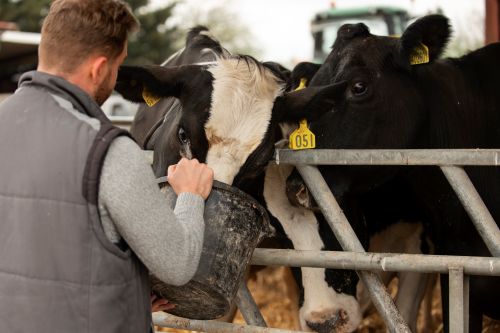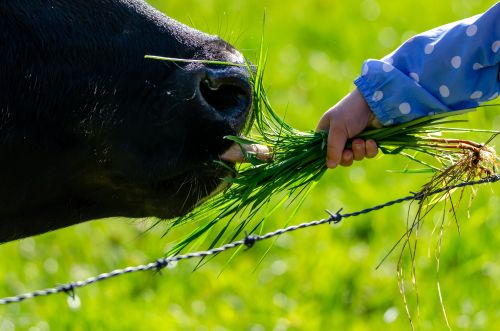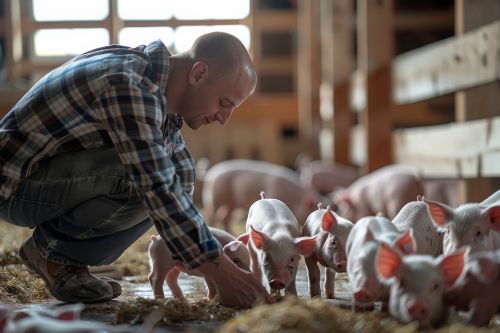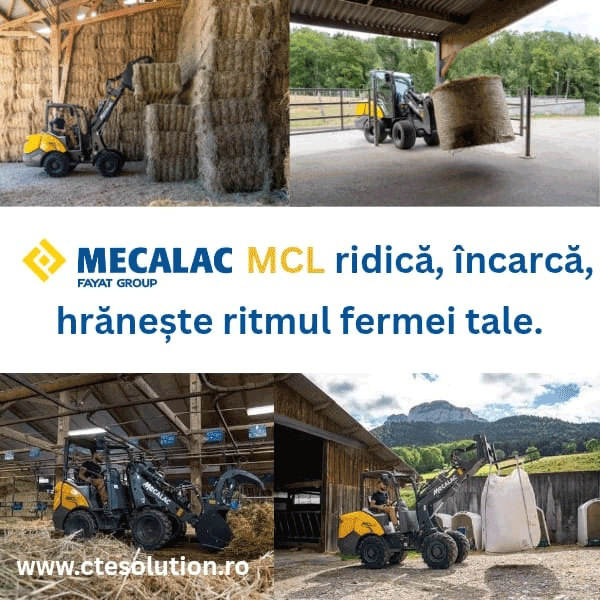
Short Supply Chains in the Agri-Food Industry: A Growing Trend Supporting Local Producers
The short supply chain is becoming an increasingly used solution in the agri-food industry for optimizing distribution and supporting local producers. According to data from the European Commission, approximately 15% of the food sold in the EU comes through various short supply chain models. In Romania, interest in this approach has grown in parallel with rising demand for local products and the availability of dedicated funding programs.
💰 Economic Benefits
The primary economic advantage of short supply chains is the reduction of intermediaries, which can increase farmers’ profit margins by 10–20%, according to studies from the Romanian Ministry of Agriculture and Rural Development (MADR). Additionally, logistics costs are lower, and the delivery time to retail and consumers is significantly shortened.
🛒 Retailer and Consumer Advantages
For traders and retailers, direct collaboration with local producers ensures access to fresh, diverse products, tailored to regional demand. Moreover, traceability is easier to manage, and communication with suppliers is more efficient, reducing the risk of non-compliance or product inconsistencies.
📊 Market Trends
Eurostat data shows that local markets and direct sales at the farm gate are gaining popularity, especially for vegetables, fruits, dairy, and traditional products. This model supports the rural economy and contributes to the reduction of the carbon footprint associated with long-distance food transport.
🔗 The Future of Short Supply Chains
In the long term, short supply chains can be further strengthened through digitalization of commercial relationships and the creation of online platforms that facilitate connections between producers and retailers. This way, the model becomes competitive not only through proximity but also through logistical efficiency.
(Photo: Freepik)





